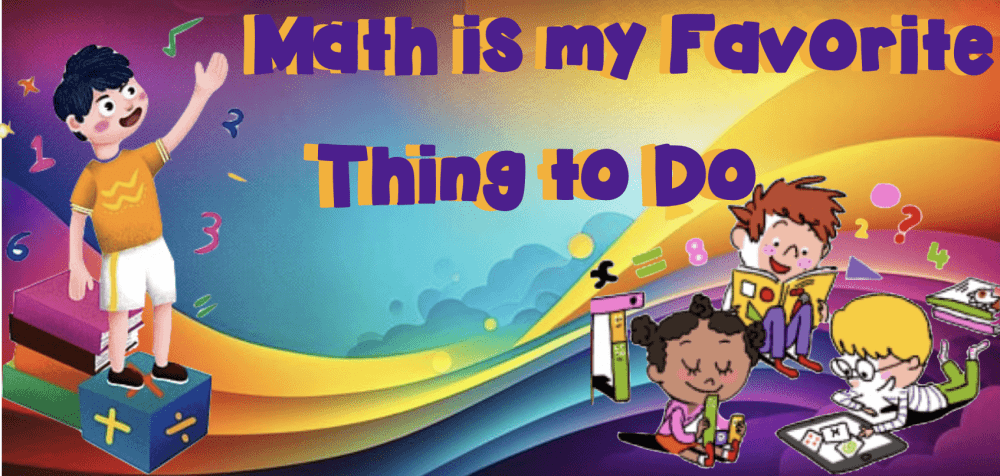Important Dates:
- Monday, March 6th – Math Benchmark
- Tuesday, March 7th – Reading Benchmark
- Friday, March 10th – Mad Minute incentives – picnic & ice cream
- March 13-17 – Spring Break
Math Learning Goals:
3.6C – (R)- determine the area of rectangles with whole number side lengths in problems using multiplication related to the number of rows times the number of unit squares in each row
3.6D- (S)- decompose composite figures formed by rectangles into non-overlapping rectangles to determine the area of the original figure using the additive property of area
3.4C (S)- Determine the value of a collection of coins and bills
Math Homework
Math homework is passed out on Friday and due the following Thursday.
Science Learning Goals:
3.9A – observe and describe the physical characteristics of environments and how they support populations and communities of plants and animals within an ecosystem;
3.9C – describe environmental changes such as floods and droughts where some organisms thrive and others perish or move to new locations.
